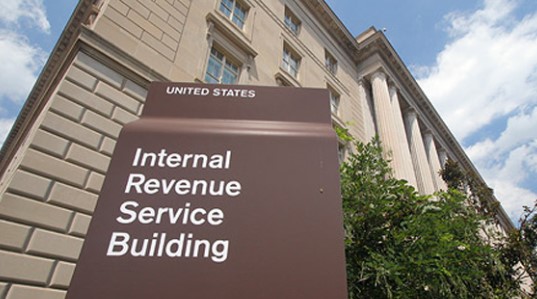DOGE exposes federal government’s bizarre use of limestone mine to process retirement papers by hand
02/16/2025 / By Cassie B.

- Elon Musk’s DOGE uncovered a 230-foot-deep limestone mine in Pennsylvania used to manually process federal retirement paperwork, sparking widespread criticism.
- The facility employs 700 workers to handle 10,000 retirement applications monthly using outdated methods like manila envelopes and cardboard boxes.
- Despite $130 million spent on digitization efforts, the government has only progressed to the letter “B” in alphabetizing records.
- The operation, criticized as a “sinkhole of bureaucracy,” costs taxpayers millions annually and delays federal workers’ retirements.
- Musk and DOGE’s exposure of the inefficiency has reignited calls for government reform and modernization.
The federal government’s staggering inefficiency was on full display this week when Elon Musk’s Department of Government Efficiency (DOGE) uncovered a jaw-dropping operation: the U.S. government is using a 230-foot-deep limestone mine in Boyers, Pennsylvania, to manually process and store retirement paperwork for federal workers.
The facility, operated by over 700 workers, handles approximately 10,000 retirement applications per month—all by hand, using manila envelopes and cardboard boxes. Despite multiple failed attempts to digitize the system, costing taxpayers over $130 million, the government continues to rely on this archaic process, which Musk aptly described as “a time warp.”
The discovery, shared by Musk during a meeting with President Trump in the Oval Office, has sparked widespread disbelief and criticism. “The limiting factor is the speed at which the mine shaft elevator can move determines how many people can retire from the federal government,” Musk said. “The elevator breaks down sometimes, and nobody can retire. Doesn’t that sound crazy?”
A system stuck in the past
The Iron Mountain facility, originally a limestone mine owned by U.S. Steel, was repurposed in the 1960s to store government records. Today, it serves as the epicenter of the federal retirement system, where workers manually calculate and process retirement applications before storing them in cardboard boxes.
Despite spending $106 million on a digitization effort that began in 2014, the government has made minimal progress. When asked how far along the digitization process was, officials reportedly responded, “B.” Musk clarified, “We said, ‘You’re giving yourself a grade of B?’ and they said, ‘No. We’re on the letter B.’” In other words, after nearly a decade, the government has only digitized records up to the letter “B” in the alphabet.
A symbol of government waste
The facility has long been criticized as a “sinkhole of bureaucracy,” with multiple modernization attempts failing since the late 1980s. The Washington Post reported in 2014 that the system cost taxpayers $55.8 million annually, a figure that has likely grown since then. Musk’s DOGE team has highlighted the absurdity of the operation, pointing out that the government could save millions by transitioning to a digital system.
“That’s an example, like at a high level, if you say, how do we increase prosperity? We get people to shift from roles that are low to negative productivity to high productivity roles,” Musk said. “This should be digital.”
The revelation has reignited calls for government reform, with White House Press Secretary Karoline Leavitt praising Musk and President Trump for exposing the “rot” within the federal bureaucracy. “Sunlight is the best disinfectant, and they are revealing the rot of this city every single day,” Leavitt said during an appearance on Fox News. “It’s music to the ears of the American people who voted for this.”
Musk’s DOGE team has been instrumental in auditing federal agencies and identifying wasteful practices. The executive order signed by President Trump on Tuesday empowers DOGE to oversee hiring and implement cost-saving measures across the government.
The federal government’s reliance on a limestone mine to process retirement paperwork is a glaring example of bureaucratic inefficiency. While the rest of the world has embraced digital transformation, the U.S. government remains stuck in the past, wasting taxpayer dollars and delaying the retirement of federal workers. Thanks to the efforts of Elon Musk and DOGE, this absurdity has been brought to light, offering a rare opportunity for reform. As Musk aptly put it, “Maybe it’s just me, but I think there is room for improvement here.” Indeed, there is—and it’s long overdue.
Sources for this article include:
Submit a correction >>
Tagged Under:
big government, DOGE, Donald Trump, Elon Musk, federal government, inefficiency, limestone mine, Retirement, sinkhole of bureaucracy, White House
This article may contain statements that reflect the opinion of the author
RECENT NEWS & ARTICLES
COPYRIGHT © 2017 RISK NEWS




















